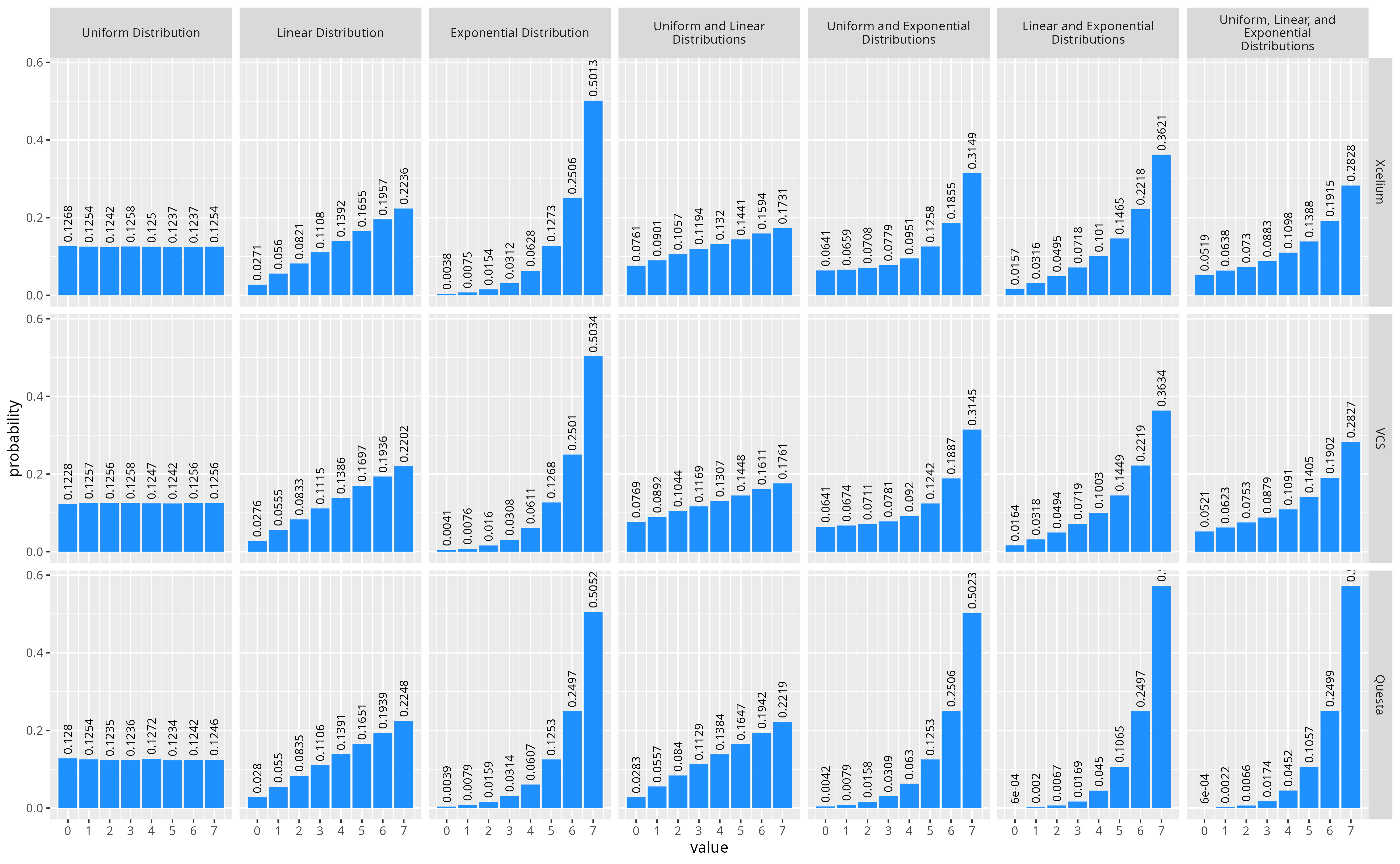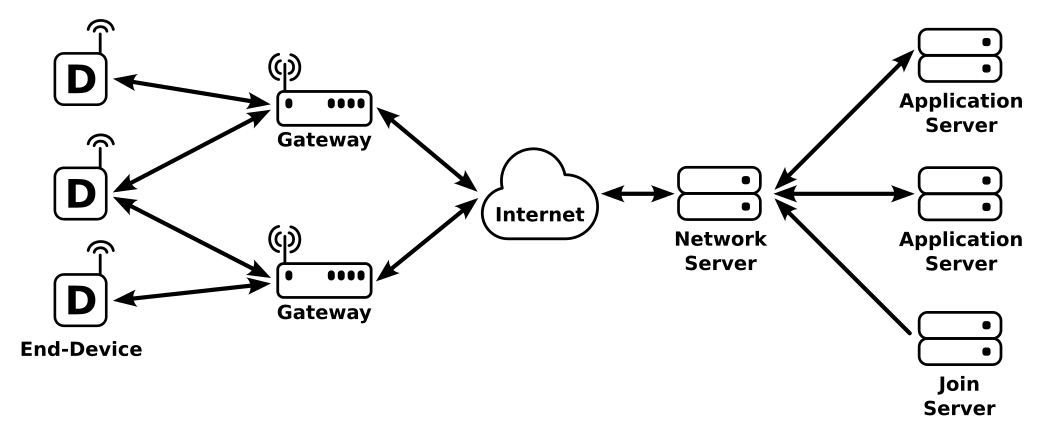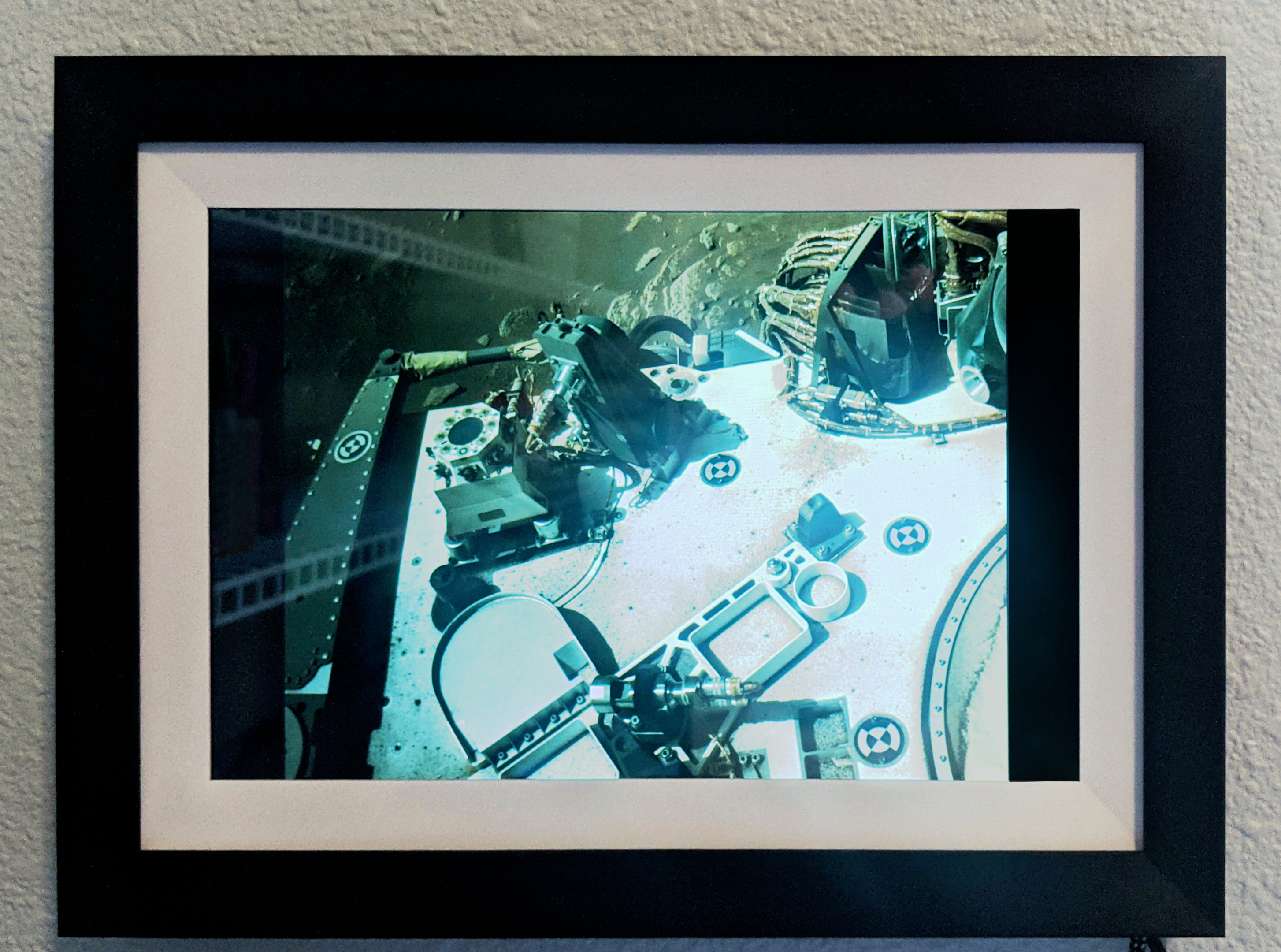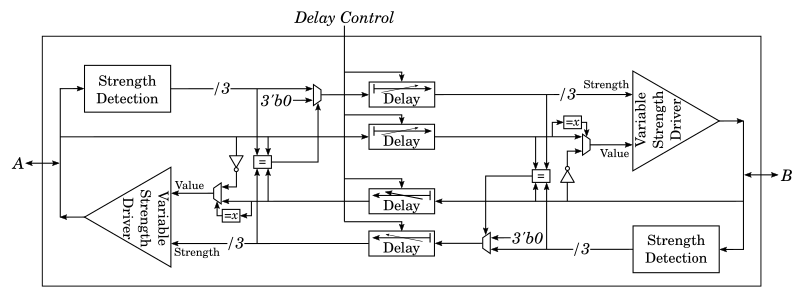I have recently started experimenting with LoRa radios, and the LoRaWAN network protocol. Interestingly it seems that the LoRa ecosystem is simultaneously surprisingly open (both in specifications and implementations), while also having very little definitive documentation on how to actually get started as an indvidual hacker. As such I found the process of learning enough of the protocol to set up my own network surprisingly difficult.
This post will walk through the process of setting up my own private LoRaWAN network, from low cost hardware all the way up to the application level. While I would never claim to be an expert in LoRa or LoRaWAN, I hope someone finds this a useful reference.
[Read More]



